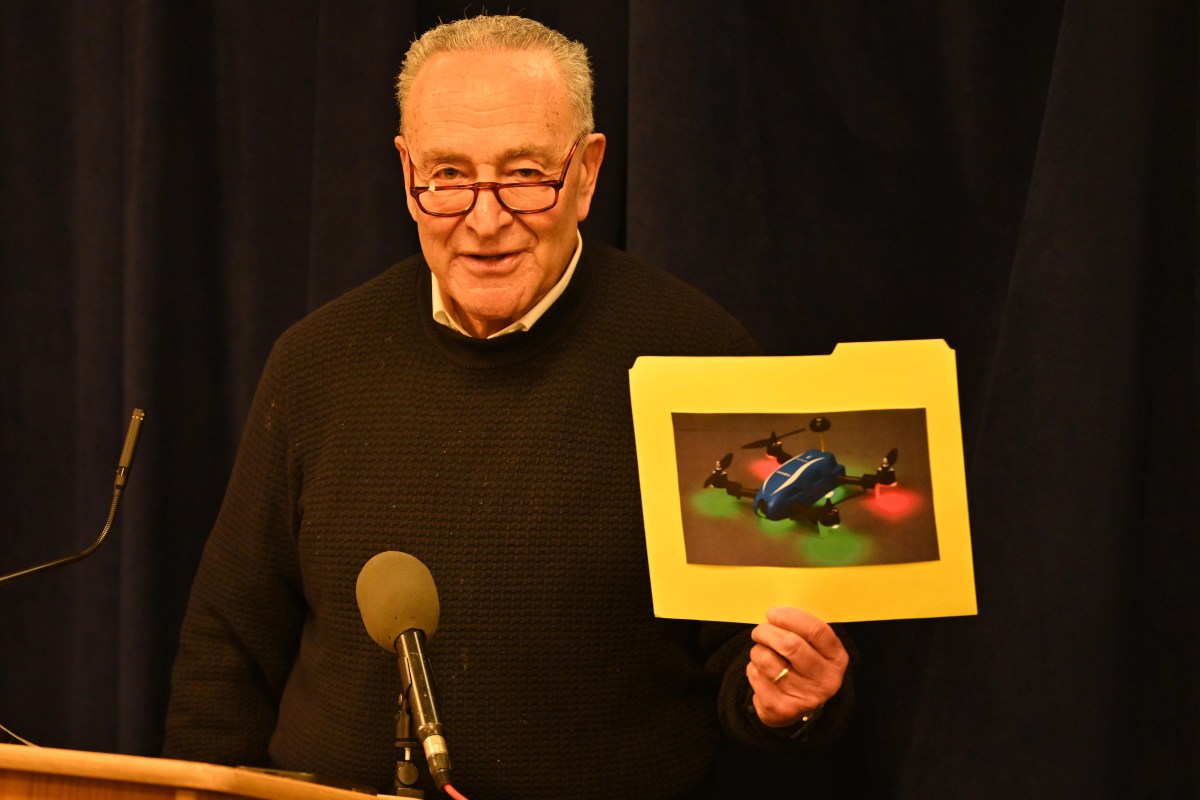The news of a fifth swine flu fatality emerged as the city’s Health Department continued to close schools over H1N1 fears – albeit at a slower rate than in previous weeks – and the city comptroller released a report underscoring the “state of crisis” at Queens emergency rooms.
Reports of a Bronx toddler’s death emerged on June 2, two weeks after the H1N1-related death of Queens assistant principal Mitchell Wiener and a week after two women from Queens and a Brooklyn male also succumbed to the virus.
The death arrived on the coattails of Comptroller William Thompson’s June 1 “Policy Alert,” in which he urged the city and state to take action regarding a “Queens hospital crisis.”
In the report, Thompson asserts that the February closures – due to a budget shortfall – of St. John’s Queens and Mary Immaculate Hospitals, in Elmhurst and Jamaica, are overwhelming remaining ERs in central and eastern portions of the borough. Thompson said the crisis left in the wake of the closings was compounded by the April emergence of the H1N1 virus.
The same day Thompson released his report, the city Departments of Health and Mental Hygiene (DOHMH) and Education (DOE) shuttered a Bronx public school, the latest in a string of dozens to have closed in recent weeks amid increased reports of flu symptoms.
As of June 2, eight public schools and programs – none of which are in Queens – remained closed at the recommendations of the DOHMH and DOE, down significantly from previous weeks when the agencies’ reported school closures hovered near 30.
Similarly, a spokesperson for the New York City Health and Hospitals Corporation (HHC) said on June 2 that the “surge” in flu-related ER visits at both of HHC’s Queens hospitals – Queens and Elmhurst Hospital Centers – had given way to a steady decline in patients in recent days.
Nevertheless, Thompson worries that Queens hospitals may not have the resources to cope with future epidemics.
“Indeed, the lack of hospital surge capacity could have deadly consequences in the event of another wide-scale public health crisis,” he wrote in a letter to State Department of Health Commissioner Dr. Richard F. Daines.
Along the same vein, Thompson, who is running for mayor of New York City, fired off a letter to Mayor Michael Bloomberg, accusing Bloomberg’s administration of “utter failure” with regard to addressing the ER closures in Queens.
Thompson said there had been no public or inclusive discourse prior to the shuttering of Mary Immaculate and St. John’s hospitals.
Among the findings in his new “Policy Alert,” Thompson notes that from mid-February to the end of March, there were 20 days when Jamaica Hospital’s ER exceeded 350 patients, compared to only two such days in the same period a year prior.
Additionally, the report notes that the number of patients arriving by ambulance at Queens Hospital Center (QHC) rose 51 percent between January and March of 2009. The report quotes a QHC ER doctor with more than 20 years experience as having said, “the state of emergency medicine in Queens is the worst I’ve seen in my career.”
The “Policy Alert” – which also claims that ambulance turnaround times have increased significantly at Jamaica, Queens and North Shore University at Forest Hills hospitals – provides a number of recommendations pertaining to the treatment of individuals with flu-like symptoms at ambulatory care facilities and securing resources like loans, working capital and increases in staff.
But first and foremost, the report noted, is the need for leadership.
“As the flu spreads and possibly returns in the fall, other hospitals throughout the city could be pulled into the same downward spiral that Queens is experiencing,” the report warned. “It is critical that the lines of communication between government and health care providers be open and responsive.”































